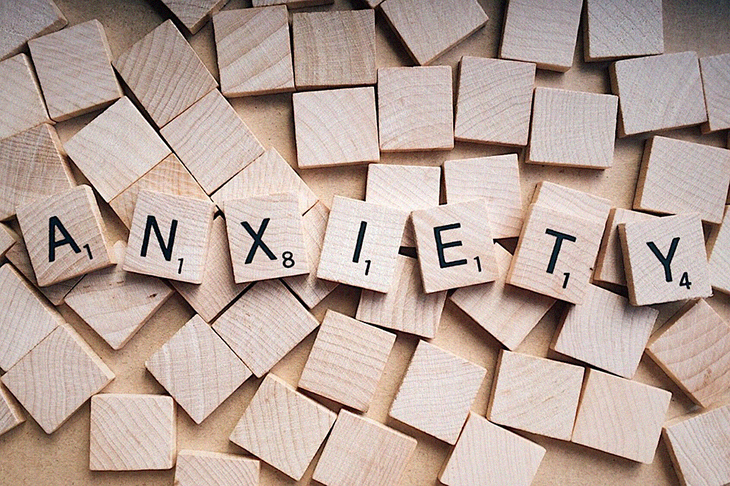
There are regular evaluations by researchers for causes that can possibly lead to the development of anxiety disorder in a person. Reevaluations are also done so information on prevention can be provided. Anxiety and Depression Association of America confirms that among the U.S. population, over 18.1% every year have an anxiety disorder. It is the most frequent or common mental health issue in both Europe and in the U.S, however, 3.6% of the world’s population is also experiencing this disorder. This is also an observation by the World Health Organization in its 2015 data. A prevalent disability cause, anxiety disorder is likely to be suffered by 10% of the world’s population, as per Karen Davison, Ph.D., the study’s lead author.
Researchers conducted a study composed of 26,991 people and off of these individuals, 8.5% were diagnosed with anxiety. 82.5% of the participants born in Canada, 49.3% were male and 58.5% aged 45 through 65. All 26,991 were part of the 2010–2015 Canadian Longitudinal Study on Aging. The investigation confirmed a pronounced link between the possibility of anxiety disorder and its development and some definitive factors. Most of the information even aligned with information from previous studies. The data gathered were determined by way of physical exams, lab tests and some interviews and the study was done by the University of Toronto and Surrey’s Kwantlen Polytechnic University. The findings of the study can be found in the International Journal of Environmental Research and Public Health.

In the study, Jose Mora-Almanza who is a co-author is hopeful about the information they gathered, regarding the fact that those who consume a lot of fruits and vegetables are less likely to acquire anxiety disorders than those who eat fewer fruits and vegetables. Mora-Almanza believes it could help with other aspects linked with anxiety.
The feeling of worry, frustration, and sadness may be the usual reactions to complicated daily situations, but with anxiety disorders, they are magnified and mostly includes the abrupt feeling of great fear with intense anxiety over and over again. These feelings can be increased suddenly in a matter of just a few minutes and become panic attacks and they can disrupt one’s capability to handle normal daily activities (i.e. the right hygiene, observing proper work schedule or etiquette, communicating socially, etc.).
Other factors that can cause or trigger anxiety disorders are traumatic events in a person’s life such as family problems, unemployment or loss of job and illness or grief.

Here are more signs and symptoms of anxiety disorders:
- Hyperventilation or rapid breathing
- Feeling tired or weak
- Problem with sleeping
- Sweating
- Unable to control worrying
- Worrying about a pending danger or doom
- Palpitations or heart rate increase
- Feeling restless or nervous
- A sudden feeling of being tense
- Trembling
As early as in one’s childhood through the teenage years, some tell-tale signs may become evident which can lead up to adulthood, if no treatment is done. A person can experience one or more anxiety disorders. Types of anxiety disorders are social phobia or social anxiety disorder, generalized anxiety disorder and separation anxiety, but all of them can be treated.



